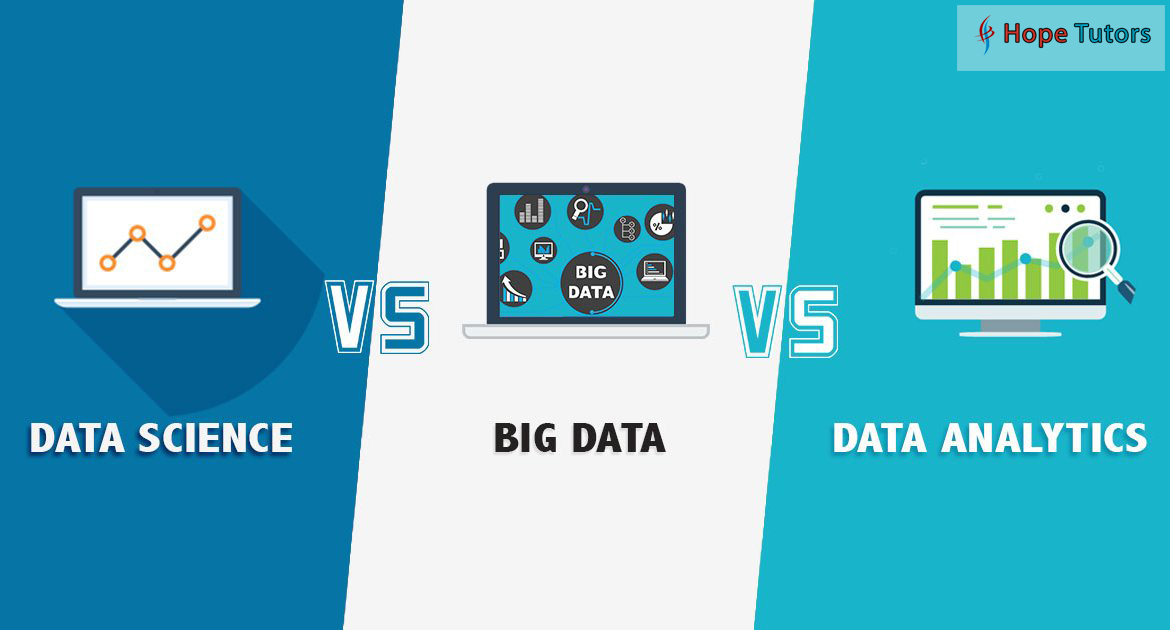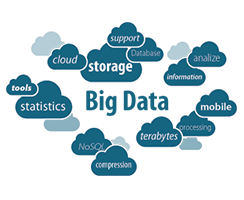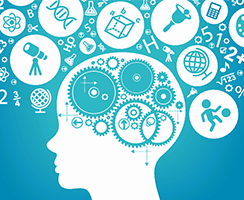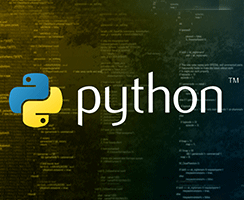
Data Science vs Big Data vs Data Analytics – what are they?
Preface
It is a common consensus among the technology geeks that the information technology revolution had sparked and set in motion during the fourth quarter of 20th century, that is circa 1975. This unprecedented technological revolution has resulted in the accumulation of data like never before.
These data comes in numerous forms – they may be simple texts, videos, images, audios, and in other countless personas. As the availability of the data is at the breakneck speed, it was ever more urgent to find a way to store, retrieve, analyze, and derive conclusions from these stockpile of informations. So there we are blessed with three critical fields of study that solved all these so far intractable problems – they are data science, big data, and data analytics.
Although all of them deal extensively with data and the methods to handle them effectively in business and other sectors, each of them has their own way of managing. So our goal is to dissect them in their purest form and see their differences to better get us ready to use each of them, which can only be accomplished only if we know the differences between them.
Data Science
According to a report, a Data Scientist spends roughly 38% of his/her time mining and modeling the given data to look for patterns and recurring themes. That is much more fun, isn’t it? Yes, by definition, data science is full of scientifically sound algorithms and methods to extricate insights from data. The thing is, these distilled data may be both structured and unstructured.
So a data scientist employs diverse sources of statistics and mathematics to bring the outcome straight down the line. To top it all and most importantly, decision making, the hallmark of modern enterprises and businesses, hinges on data science. When it comes to bringing the solution to a problem, creating better systematic analysis, and enhanced results, the contribution of a data scientist is priceless. With this powerhouse tools, smarter decisions can be achieved effortlessly.
Big Data
The term Big Data refers to the voluminous amount of collected data from diverse resources and analyzing them to gain strategic influences and insights. These data are classified and required to have some distinctive features like the volume of the data, the speed with which the data is processed and in real-time. And these data has to be varied in its format too, that is, the data may be in multiple types of formats.
So a big data professional gleans the raw data in large scale and stores this inconceivable amounts of data to analyze and trace the motifs and then distilling the necessary ideas and business solutions effectively.
Big data is widely used to determine the root causes of the cardinal issues and to estimate the potential risks in a course of action and its repercussions.
Data Analytics
Data Analytics goes with the eponymous function of analyzing the data which has been stored in the process of big data. This process includes examining and cleaning and processing the data to track down the necessary information. There are some algorithms and data visualization tools to expedite this process.
A data analyst, first of all, pores through the raw data to figure out the anomalies, the data models that deviate from the norm. Data analytics relies heavily on aggregating the data and sparking them on in a particular dataset.
Well, where do they differ?
For Data Scientists, as they dabble with preparing and analyzing the wide set of data, precursory knowledge in Python language coding, a good understanding of Hadoop applications, and experience in working with unstructured data like tardy texts, video, and other untidy and not organized datasets. SQL code language would be an added advantage to perfect the art of data science.
As for Big Data, mathematical skills are indispensable as it cements the basis for the oncoming challenge of sorting through the diverse stockpile of data. Good understanding of statistics and its regression models, and variables and how to regress them to the probability process is important.
Programming skill is necessary for a Data Analyst. Machine learning and data visualization skills are also anticipated to shine in data analytics.
Where are they applied?
Now to the application side of all these trios. In the internet search, the result shows up on the basis of some standard data algorithms. So in search engine algorithms and formulas, Data Science is used to detect the underlying patterns in a particular search. You may have witnessed recommendation of a particular product when we shop online in online sites. These suggestions are mapped and suggested by the data science algorithms.
As financial institutions rest on the hinge of large data, Big Data is the sole trustee of banking corporations. This same analysis of big data is used for fraud detection procedures. Retail markets also make use of big data procedure.
Data Analysts have the sure place in energy management domains, as renewable energies and its implications are used to gain insights with data analytics.
Epilogue
The future of data-based operations rests on the sole applications of data science, big data, and data analytics concepts. Understanding their applications and differences will equip us to have an idea as to the unique characteristics of each of these trending and scientifically supported entities.





